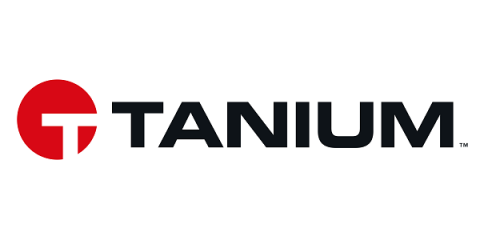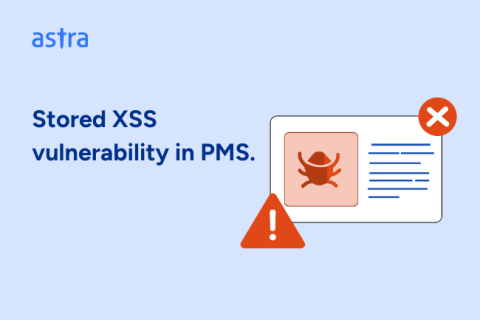The Most Recent Credential Stuffing Attacks on Companies in 2024
So far in 2024, many major companies have fallen victim to credential stuffing attacks. Some of these notable credential stuffing victims include Roku, Okta, General Motors and Levi’s. Credential stuffing attacks occur when a cybercriminal uses stolen login credentials to attempt to log in to multiple accounts simultaneously. Since many people reuse their passwords, cybercriminals can use stolen credentials to sign in to many accounts, compromising employee, customer and organizational data.











